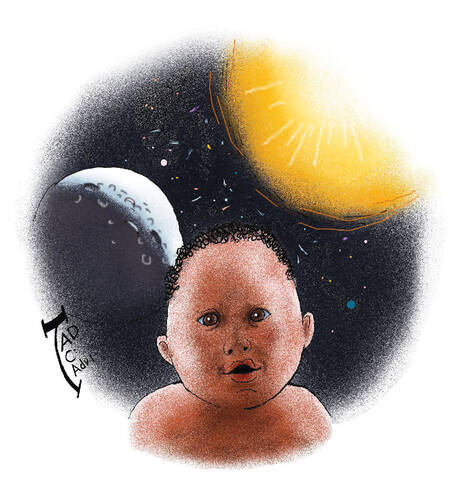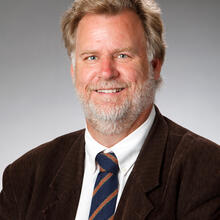Preparing With Love
While the season of Advent is imbued with remembering, recalling Christ’s first coming as an infant, when divinity became incarnate, it is also a time of anticipation, as we reflect on and await Christ’s second coming. But Advent is not only a celebration of the past and an eager expectation of the future; it is a season that asks us to meditate on the present and delight in Christ’s presence with us now. It is this very season that concentrates our hearts, minds and souls on Christ in order to make present the days that have already been and the days that are surely coming.
Jeremiah said, “The days are surely coming,” when God would “cause a righteous branch to spring up for David; and he shall execute justice and righteousness in the land.” A sense of imminence looms over Jeremiah’s prophecy, as does the mystery of its fulfillment. Its surety is promised—what God has promised, God will do—but its arrival could only be anticipated.
But what was anticipation for the prophet Jeremiah was fulfilled in Christ’s birth centuries later. According to Luke’s Gospel, in the little southern Judean town of Bethlehem, his humble parents called there by a Roman census, the future became the present. For those of us raised on the Charlie Brown Christmas specials it is hard not to recall Linus reciting Luke’s Christmas story in the King James Version, remembering that the “good tidings of great joy, which shall be to all people” initially were heard only by a few shepherds (Lk 2:8).
Yet Jeremiah’s day had come. That was the time when an unknown baby was born “in the city of David a Saviour, which is Christ the Lord” (Lk 2:11). The infant savior grew to manhood, gathering disciples, that momentous incarnation becoming not only the beginning of a human life but a touchstone of human history and destiny.
As Jesus prepared his disciples for the end of his life, though, he did not direct them to his beginning but to the future, when he would return. He promised them that “there will be signs in the sun, the moon and the stars, and on earth nations will be in dismay… in anticipation of what is coming upon the world, for the powers of the heavens will be shaken. And then they will see the Son of Man coming in a cloud with power and great glory.” These powerful apocalyptic images point us to the coming redemption, the days that are surely coming.
And bracketed by the birth of the infant savior and coming of the cosmic redeemer, there is the now: the present, the preparation. What does it mean to prepare at Advent? In Luke’s Gospel Jesus warns his disciples against twin threats—not to become “drowsy” with partying or to become anxious with the worries of day-to-day life but to immerse themselves in the promises of the past, the hope of the future and the joy of the present. Jesus counsels a vigilance “at all times.” This is not a passive caution but an active preparation.
The preparation for the apostles was life with Christ, as it must be for us too. Christ walks with us as we look to the past and await the future, in the Scriptures, in the church and in the world with our brothers and sisters. Revelation, a living thing, emerges from the pages of the Scripture for us; it comes to us in the liturgy, lives with us and guides us to our future.
The apostle Paul also gave concrete direction to the church in 1 Thessalonians as he aided them in preparing for the future. In anticipation of the “coming of our Lord Jesus with all his saints,” Paul prays that God will make them “increase and abound in love for one another and for all” and that their hearts would be strengthened “in holiness that you may be blameless before our God and Father.” Paul acknowledged that the Thessalonians were living with love and holiness, even as he encouraged them, but asked that they “do so more and more.” More and more love and holiness now, to honor the infant who came to us then and in preparation for the days that are coming.
This article also appeared in print, under the headline “Preparing With Love,” in the November 23, 2015, issue.








